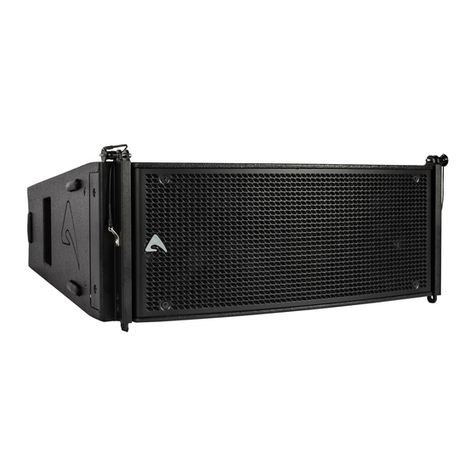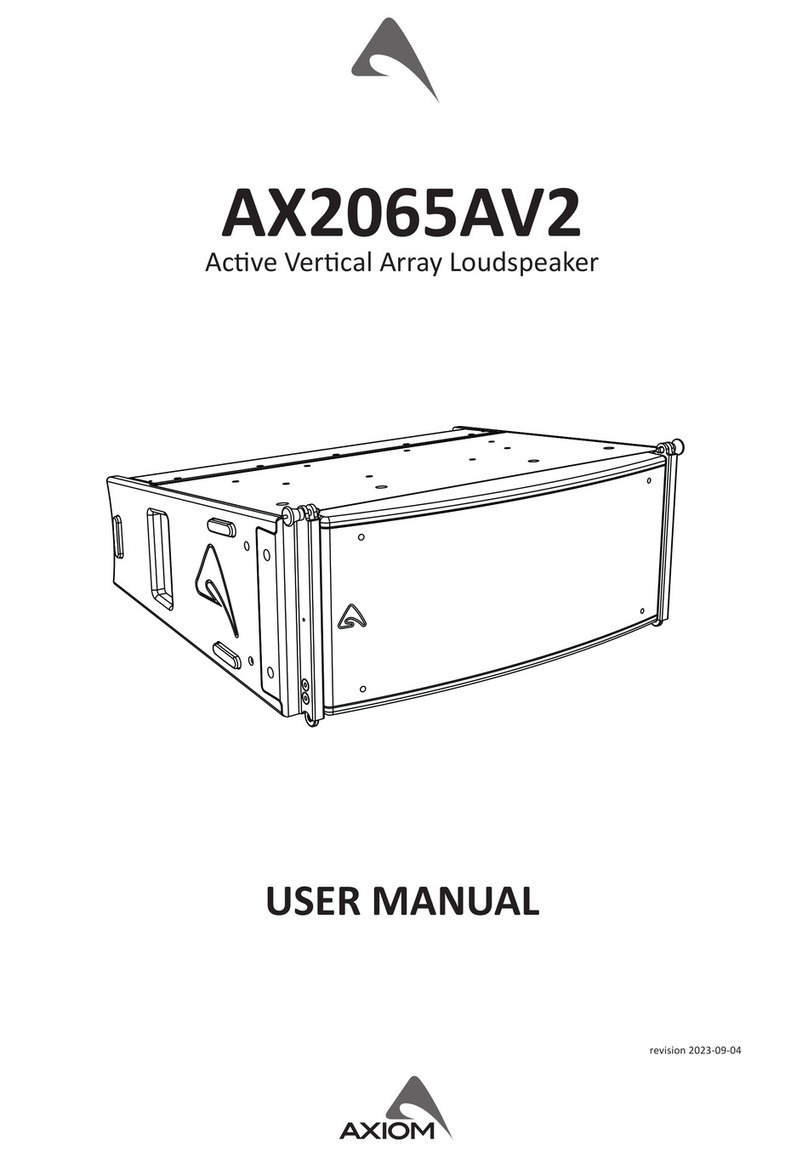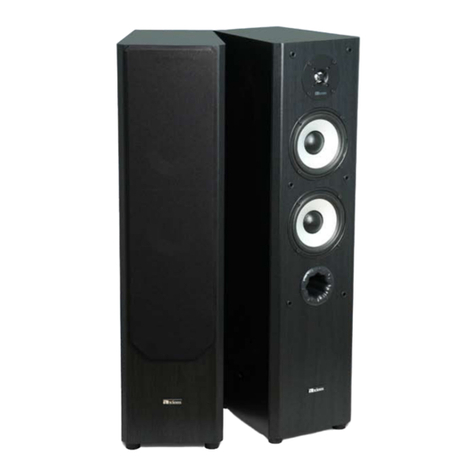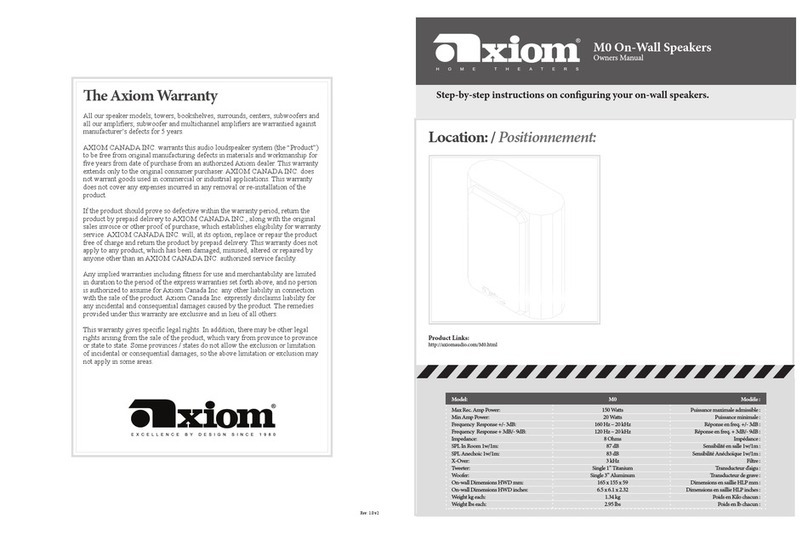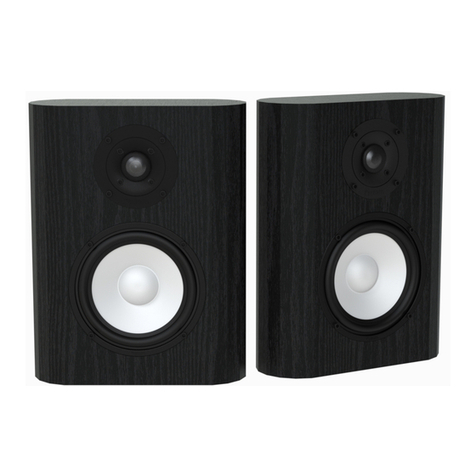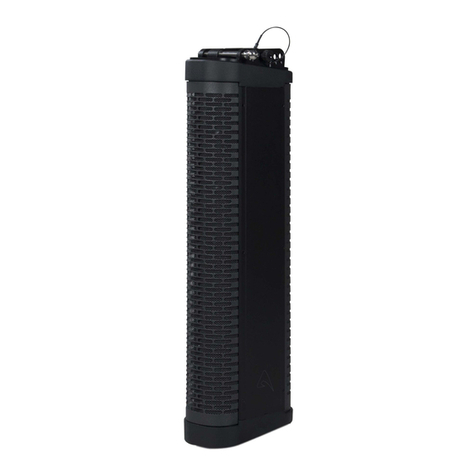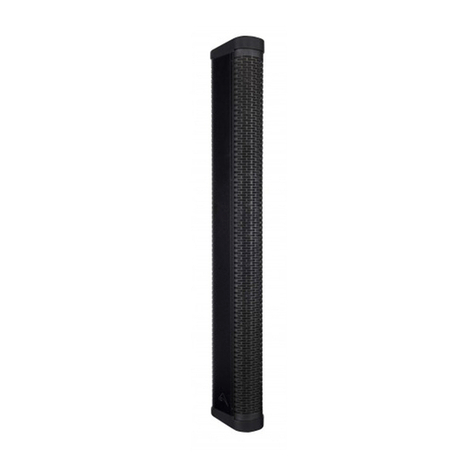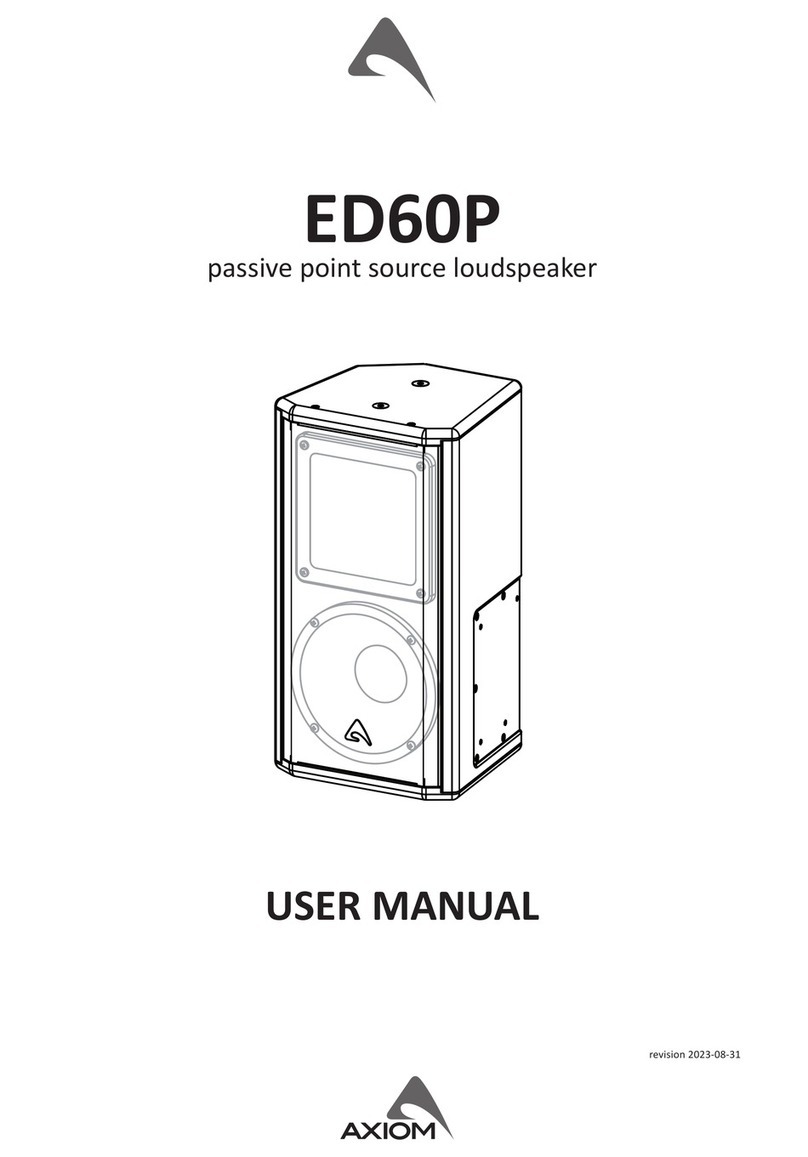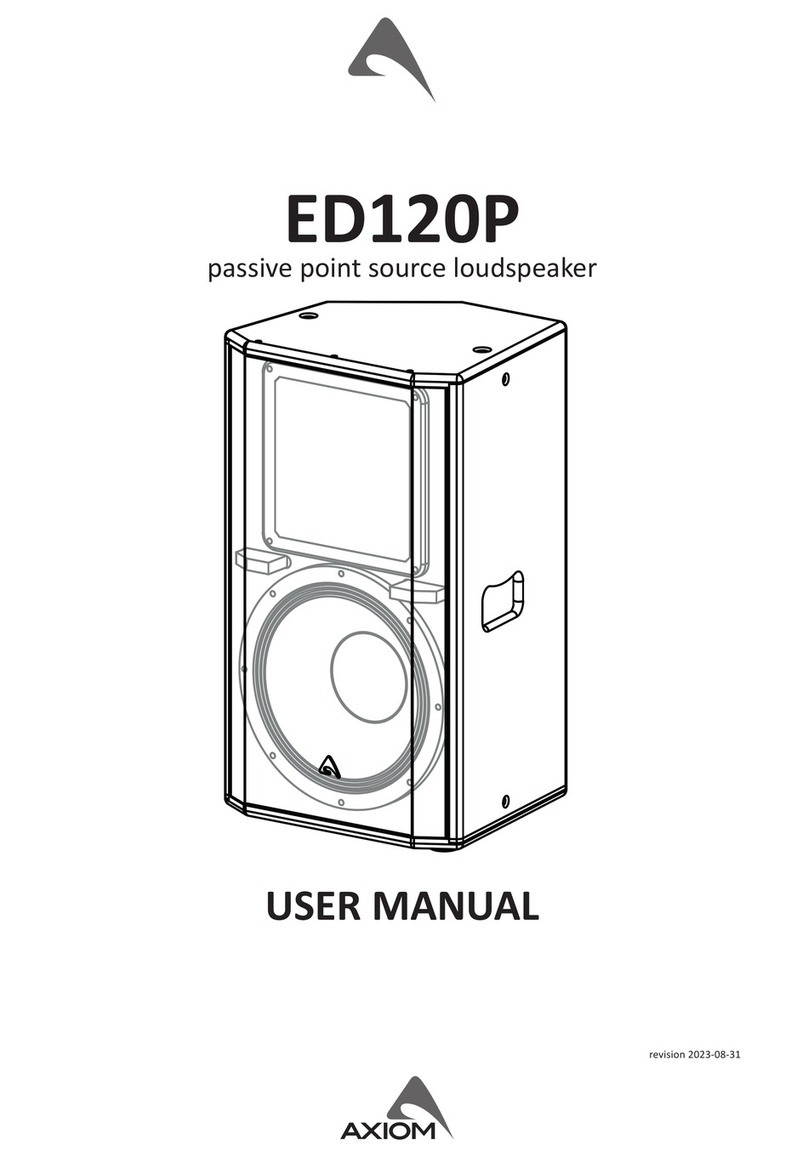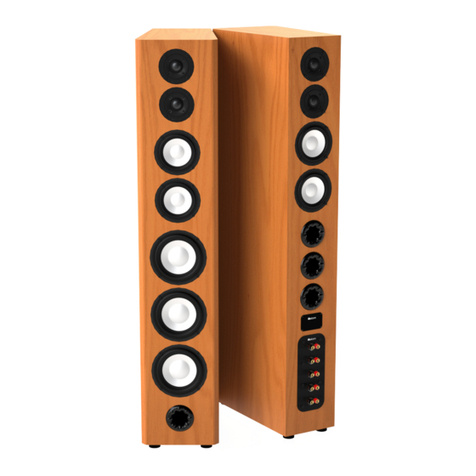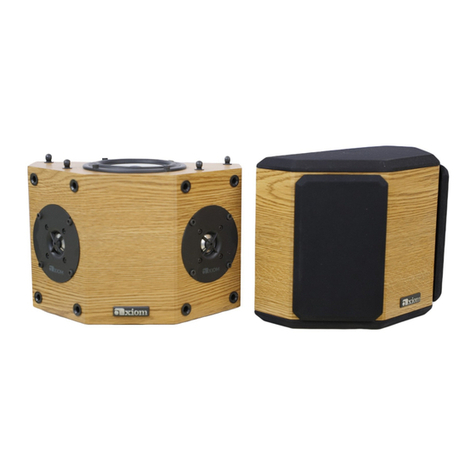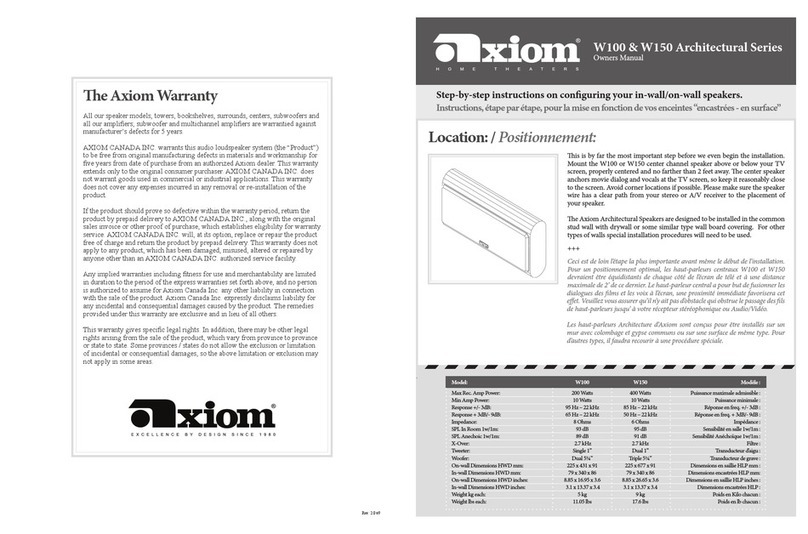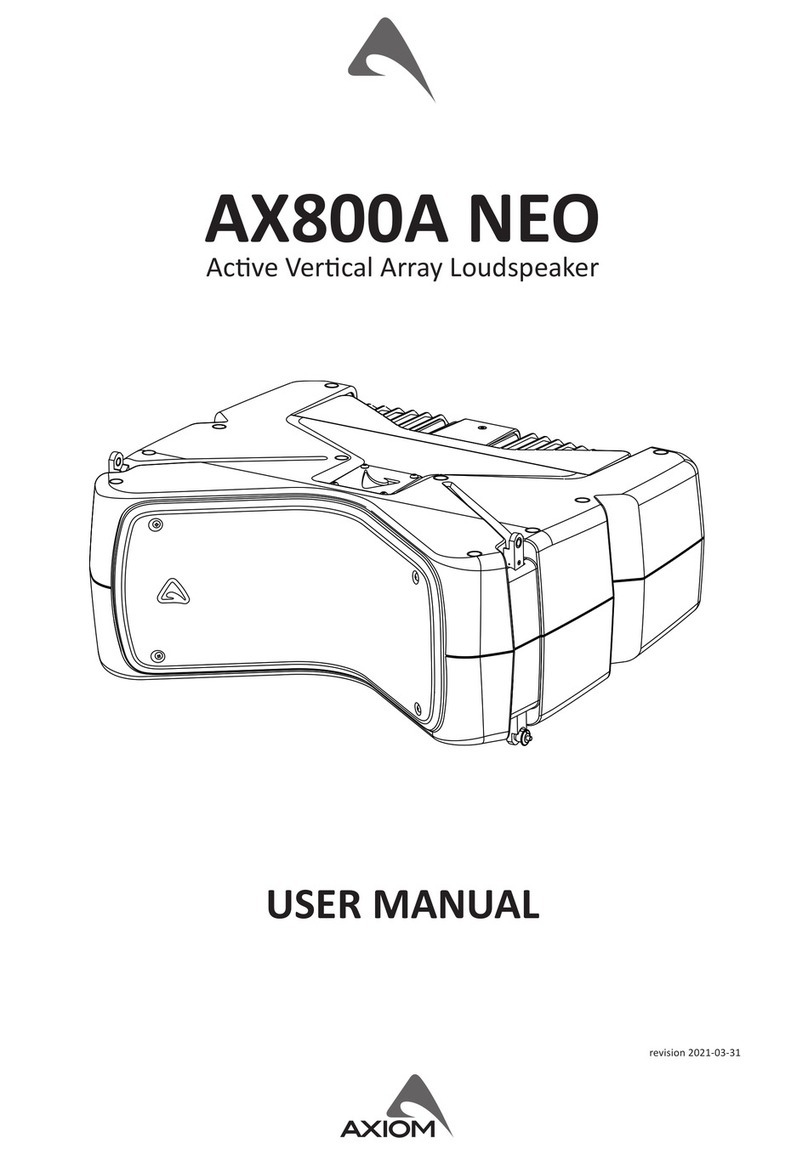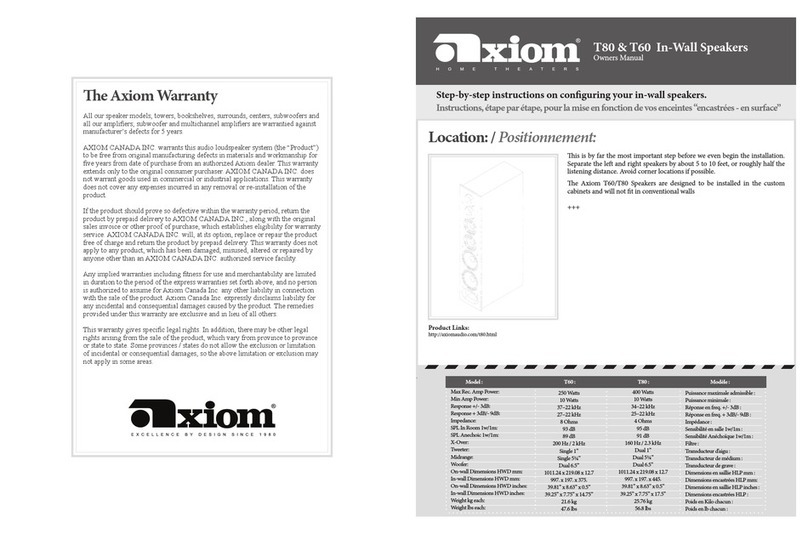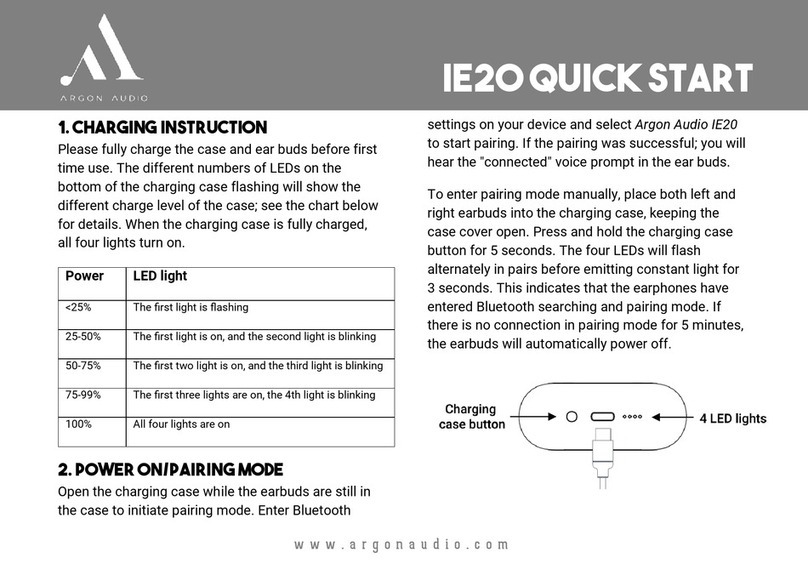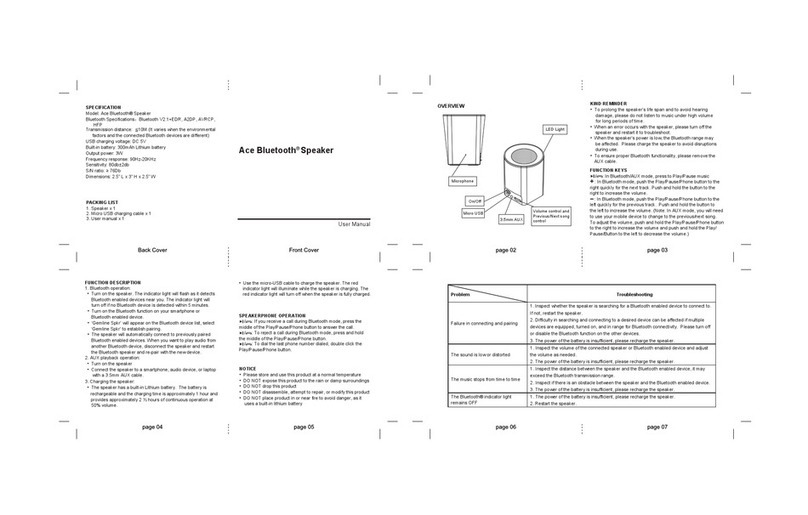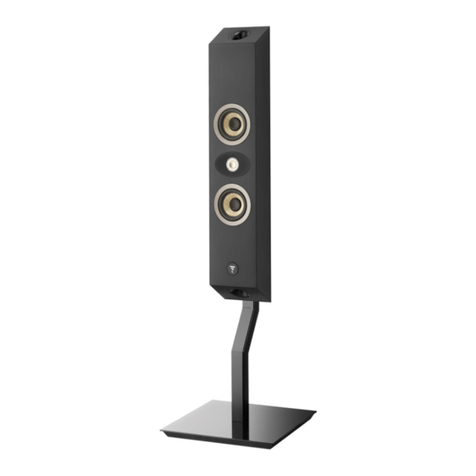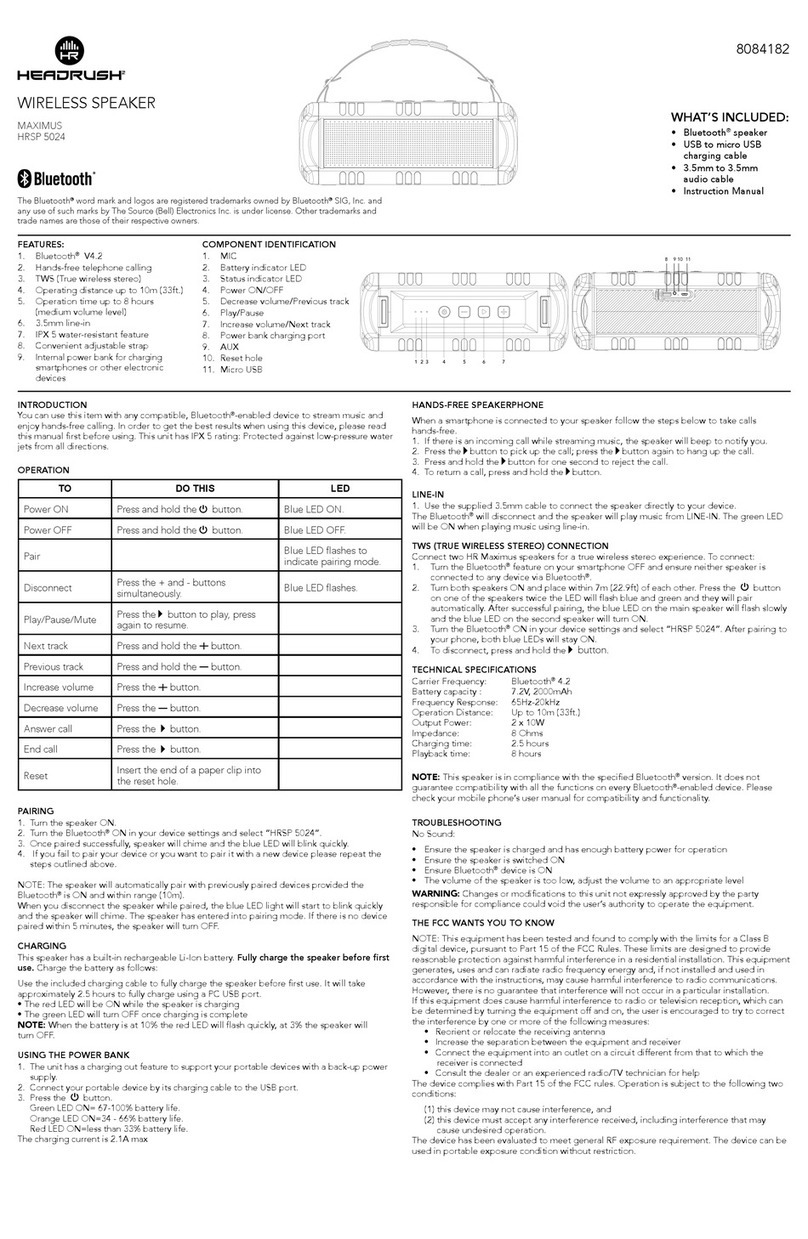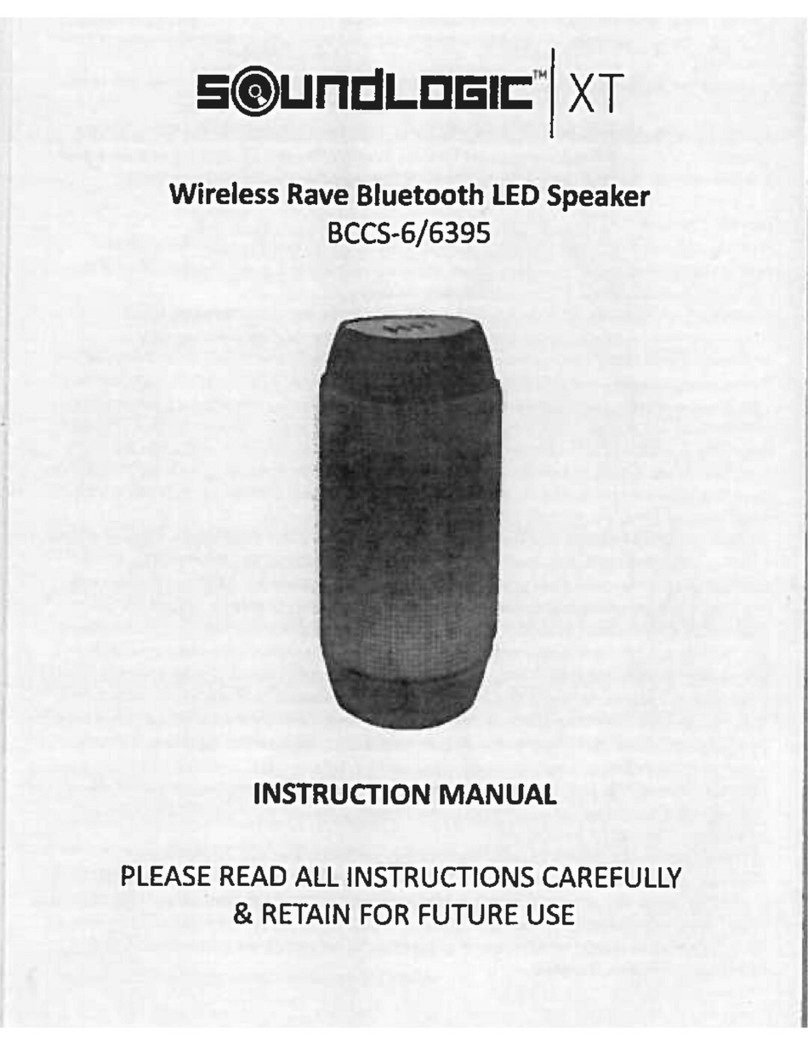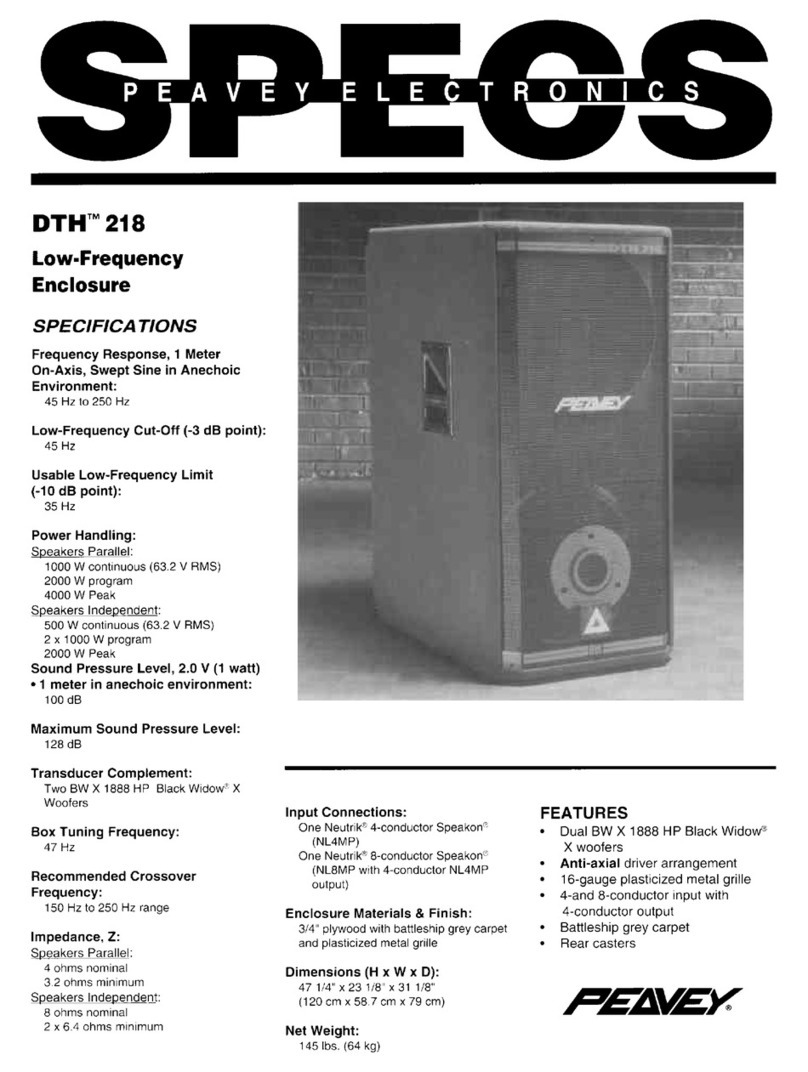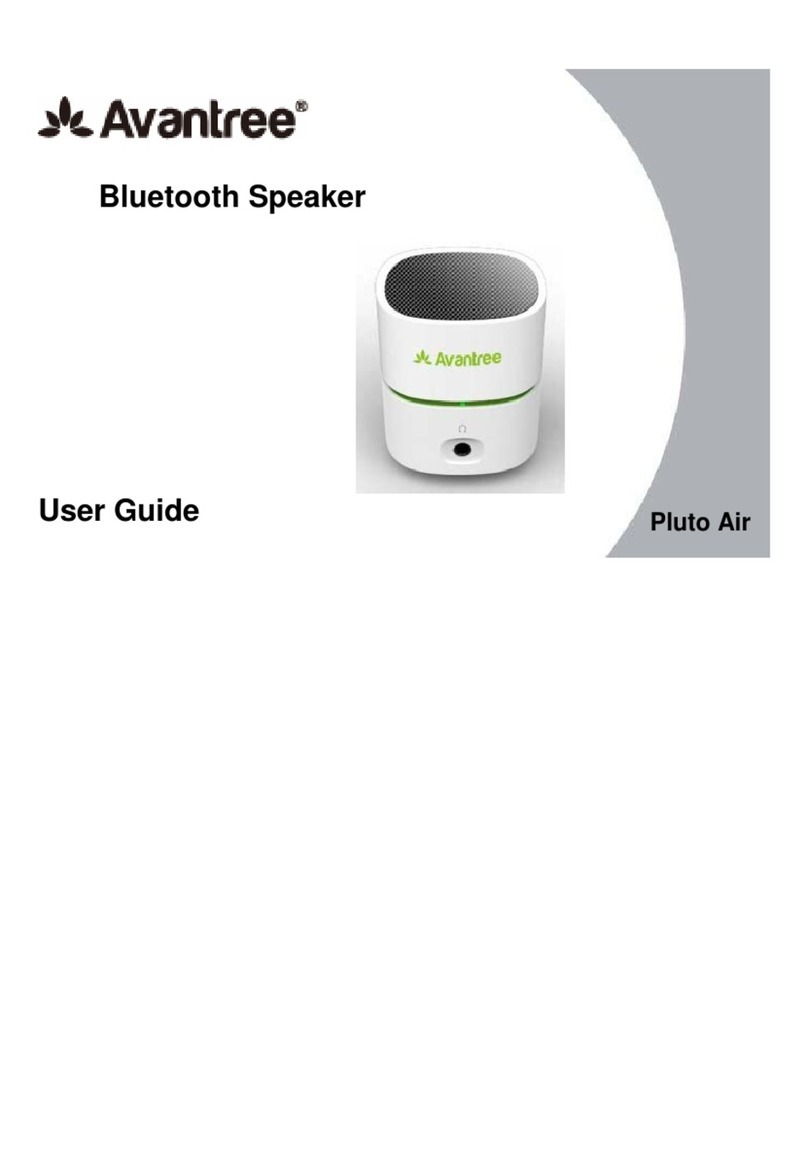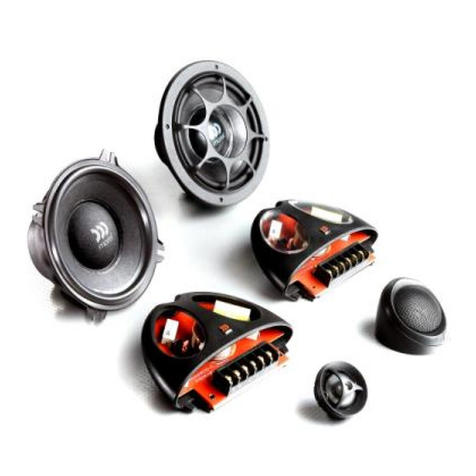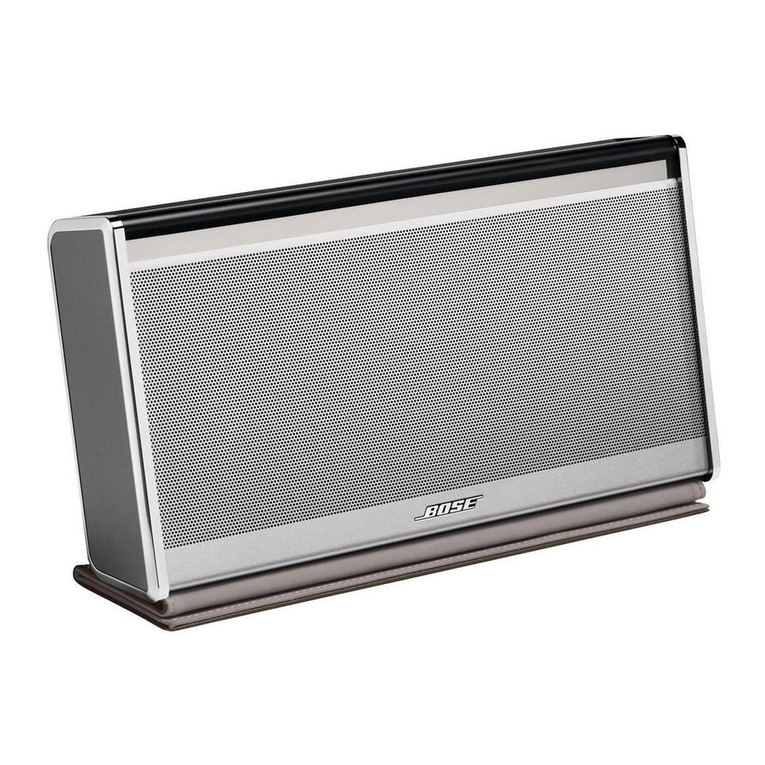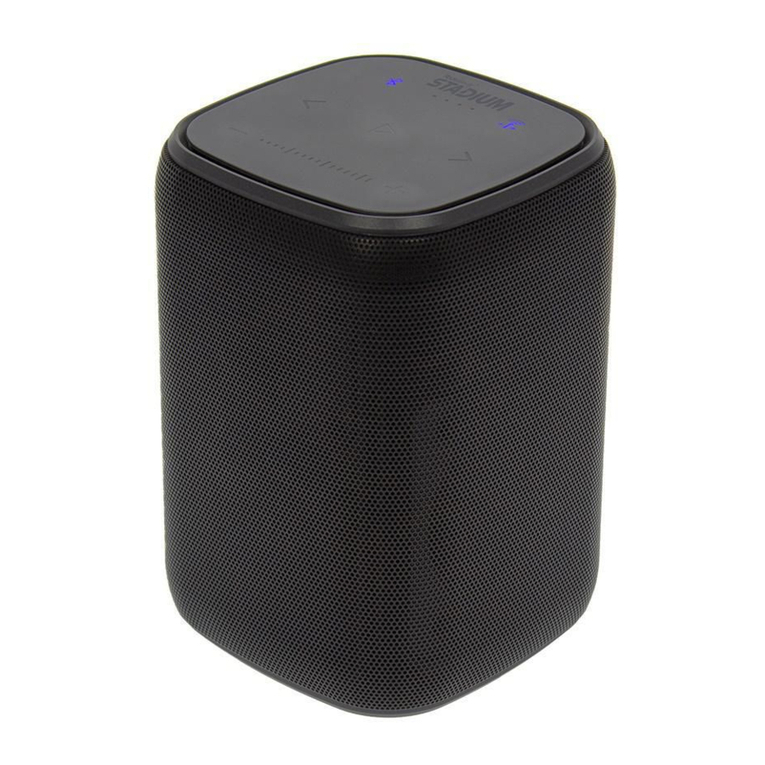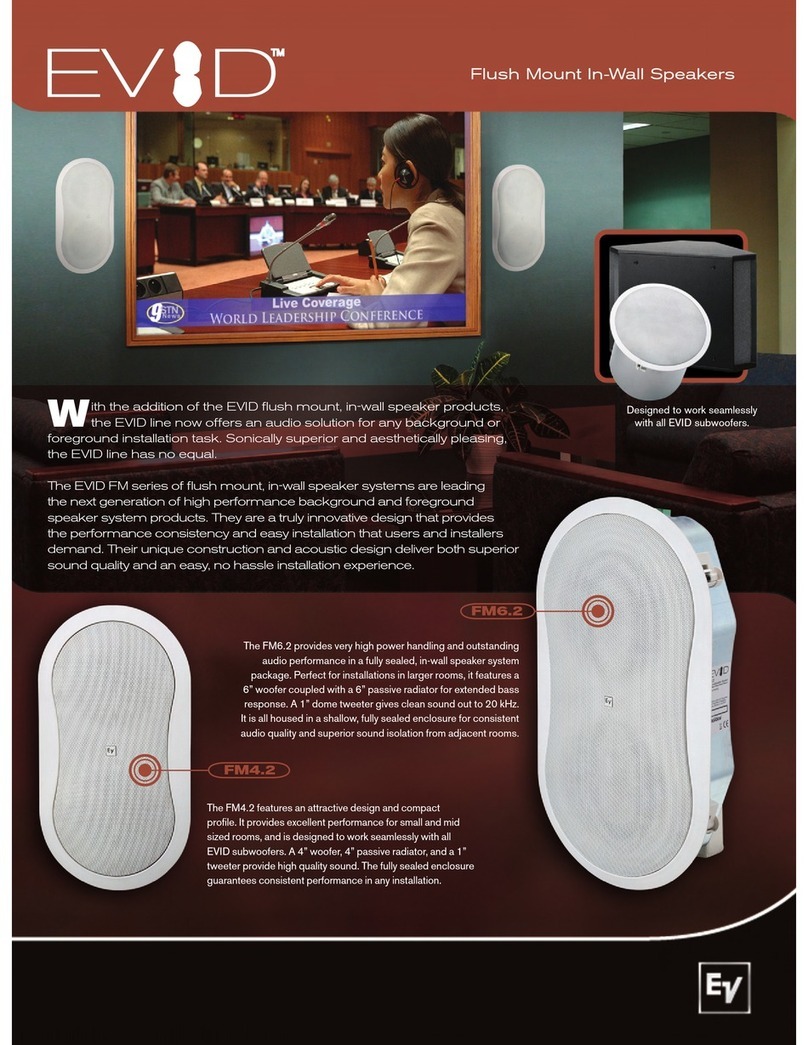3. Le récepteur (ou l’amplicateur):
Examinez les bornes de sortie haut-parleur situées sur le panneau arrière de
votre récepteur ou amplicateur. À moins qu’il ne soit très ancien, les bornes
seront rouges et noires, comme celles de vos enceintes, ou du type à ressort,
également codées rouge et noir. Les très anciens amplis sont dotés de barrettes
à vis.
La borne ROUGE ( + ) de la sortie du canal droit de votre ampli doit être
reliée à la borne ROUGE ( + ) de l’enceinte droite. La borne NOIRE ( - ) de
la sortie du canal droit de votre ampli doit être reliée à la borne NOIRE ( - )
de l’enceinte droite. Répétez l’opération pour connecter les sorties du canal
gauche de votre ampli aux bornes de l’enceinte gauche, puis pour connecter les
enceintes ambiophoniques gauche et droite (à la gauche et à la droite de votre
position d’écoute), l’enceinte du canal central, et les enceintes additionnelles
arrière requises par les systèmes 6.1 ou 7.1.
Si votre récepteur ou amplicateur respecte le nouveau code de couleur de
C.E.A pour chaque canal, le terminal négatif (-) sera toujours noir, le terminal
positif sera de diérente couleur correspondant a chaque canal du système
surround.
Si vous êtes confus, notez la polarité positive (+) et le négative (-) pour chaque
haut-parleur. et le câble de chaque haut-parleur.
2. e Cables: / 2. Les Câbles:
Examine your speaker cables. On the ends, there may be spade lugs or
banana plugs, each one color-coded red or black like your speaker binding
posts to help you identify the red and black (positive and negative) wires
on each end of the cable. If the cable ends are bare wires and lack color
coding, check the wires: one may be copper-colored, the other silver. Some
generic cables may simply have a colored thread or a ribbed pattern on the
plastic insulation to indicate the positive wire. Alternatively, some speaker
cables, like Axiom’s, may have writing on one side or the other (perhaps the
brand name, for example) or even a positive sign or negative sign on each
of the conductors. Whichever you have, just follow the Red-To-Red, Black-
to-Black connection rule or use the + to + or - to - connection scheme for
each cable pair.
+++
Examinez vos câbles de haut-parleur. Il y aura peut-être à chaque extrémité
des cosses à fourche ou des ches banane. Chacune est codée rouge ou noir,
comme les bornes de vos enceintes, pour vous aider à déterminer le l positif
et le l négatif. Si les extrémités des ls sont dénudés, sans code couleur,
examinez bien les ls — l’un deux pourrait être couleur cuivre, l’autre argent.
Certains câbles bon marché utilisent une gaine de plastique codée couleur
ou striée pour identier le l positif. Quelque soit les câbles que vous utilisez,
connectez- les toujours en respectant le code “rouge à rouge” et “noir à noir”
(ou “+ à +” et “- à -”).
3. e Receiver (Amplier):
Look at the speaker connectors on the rear panel of your receiver or
amplier. Unless it’s very old, these will usually be red and black binding
posts, like those on your speakers, or red and black spring-loaded push
connectors. Vintage ampliers may have only screw terminals.
e Red (+) terminal on your receiver’s Right speaker output connects to
the Red (+) binding post of the Right speaker. e Black (-) terminal on
your receiver output connects to the Black (-) binding post on the Right
speaker. Follow the same pattern to connect the receiver’s Le speaker
outputs to the Le speaker’s binding posts, then the le surround (the
speaker to your le from your listening seat), and right surround speakers,
the center-channel speaker, and additional rear speaker(s) required by 6.1-
or 7.1-channel systems.
If your A/V receiver or amplier has the new Consumer Electronics
Association color coding (pictured on the le) for each speaker channel, the
negative terminal (-) will always be black, however, the positive terminal (+)
will have a dierent color corresponding to each channel of the surround
system.
If you nd this color coding confusing, note the positive (+) and negative
(-) polarity for each speaker and the speaker cable.
H.P avant gauche; blanc
H.P. caisson de grave; pourpre
( sortie RCA seulement )
H.P avant droit; rouge
H.P. avant central; vert
H.P. cote gauche; bleu
H.P. cote droit; gris
H.P. arrière gauche; brun
H.P. arrière droit; beige
Step 1 / Étape 1
Bare ends of speaker wire.
Extrémités dénudées des ls d’enceinte.
Step 2 / Étape 2
Leave washer down.
Laissez la rondelle vers le bas.
Step 3 / Étape 3
Insert bare end of wire through exposed hole
on binding post. Ensure postive wire from
Amp is in red connector.
Insérez l’extrémité dénudée du l à travers le
trou exposé sur la borne d’attache. Assurez-vous
que le l positif en provenance de l’amplicateur
est dans le connecteur rouge.
Step 4 / Étape 4
Tighten nuts with supplied plastic wrench.
Serrez les écrous avec la clé en plastique fournie.
Step 1 / Étape 1
Li washer.
Soulevez la rondelle.
Step 2 / Étape 2
Insert spade into slots in binding post. Ensure
positive wire from Amp is in red connector.
Insérer la cosse dans les fentes de la borne
d’attache. S’assurer que le l positif en
provenance de l’amplicateur est dans le
connecteur rouge.
Step 3 / Étape 3
Tighten nuts with supplied plastic wrench.
Serrez les écrous avec la clé en plastique fournie.
Step 1 / Étape 1
Tighten nuts with supplied plastic wrench
Serrez les écrous avec la clé en plastique fournie.
Step 2 / Étape 2
Ensure positive wire from Amp is in red connector.
Assurez-vous que le l positif en provenance de
l’amplicateur est dans le connecteur rouge.
Step 3 / Étape 3
Insert banana plug.
Insérez la che banane.
Bare Wire Spade Lug (1/4-inch Spade) Banana Plug (3/4-inch Spacing)
Fildénudé Cosse à Fourche (Cosse de 1/4-po) Fiche Banane (Espacement de 3/4-po)
Plastic Wrench
La clé en plastique
Front Le speaker: White
Subwoofer: Purple
(line-level RCA output only)
Front Right: Red
Center: Green
Le Surround (side): Blue
Right Surround (side): Gray
Le Back Surround: Brown
Right Back Surround: Tan
Step-by-step instructions on conguring your bookshelf speakers.
Instructions, étape par étape, pour la mise en fonction de vos enceintes bibliothèques
